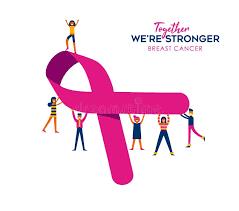Introduction
Breast cancer is the most commonly diagnosed cancer among women worldwide, with approximately 2.3 million new cases reported in 2020, according to the World Health Organization (WHO). Despite advancements in medical technology and increased awareness, significant gaps remain in breast cancer awareness among women, impacting early detection and survival rates.
Factors Contributing to Awareness Gaps
- Lack of Education and Awareness

– Many women are unaware of the risk factors, symptoms, and the importance of regular screenings. Comprehensive educational programs are often lacking.
- Access to Healthcare
– Geographic and financial barriers can limit access to healthcare facilities that provide essential screening services. Women in rural areas may face additional challenges.
- Socioeconomic Factors
– Economic disparities often lead to prioritization of immediate needs over preventive care. Women from lower socioeconomic backgrounds may have less access to information and resources.
- Fear and Anxiety
– Fear of receiving a cancer diagnosis or anxiety about the screening process can deter women from seeking necessary examinations.
- Family and Social Support

– A lack of supportive networks can leave women feeling isolated in their healthcare decisions. Miscommunication within families may further perpetuate stigma or misinformation.
- Healthcare Provider Engagement
– Inconsistent recommendations from healthcare providers regarding screening can confuse patients about when and how often to get screened.
- Media Representation
– Limited and inconsistent media coverage can result in lapses in public awareness about breast cancer and the importance of early detection.
Conclusion
Addressing these gaps requires a comprehensive strategy that includes education, improved access to healthcare, and community support. By fostering an environment of awareness and understanding, we can significantly enhance early detection rates and improve survival outcomes for women facing breast cancer.



